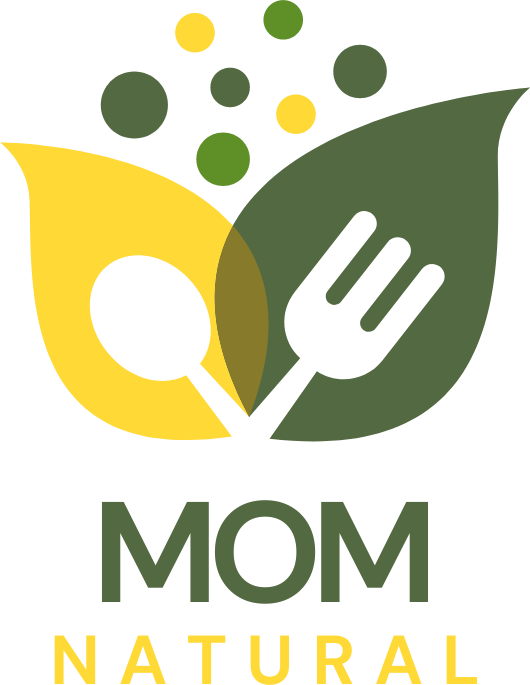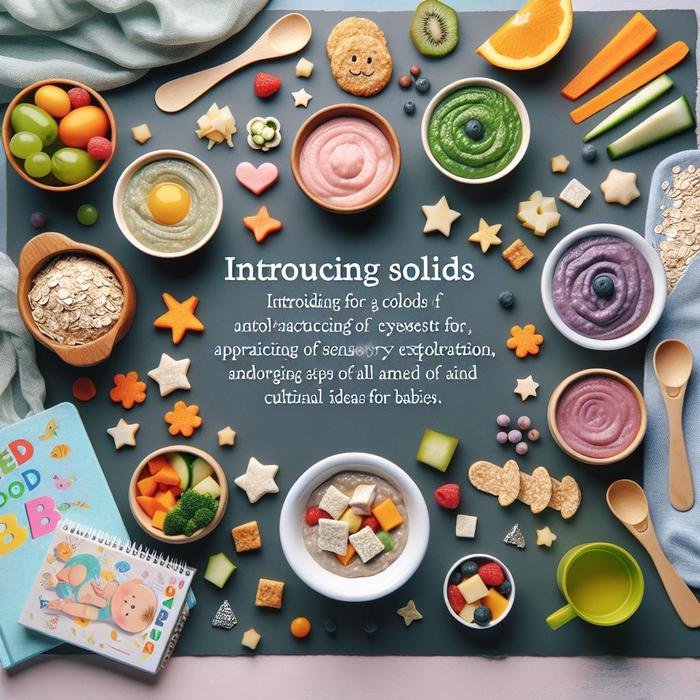Unveiling the World of Sensory Flavor: It’s All About Texture
When it comes to introducing solids to your baby, texture plays a pivotal role. It’s not just about the nutritional value; it’s about sensory exploration and encouraging variety in your baby’s diet. But how can you make sure you’re doing it right? Here’s our journey into the exciting world of baby food textures, and how we weave creativity into this essential phase of baby development.
Starting with the Basics: Introducing Solids
Introducing solids is an exciting time for both parents and babies. It’s like opening up a whole new world of flavors and textures, making feeding times an exciting adventure. But it’s also a crucial period that requires careful planning and meticulous implementation. The transition from breast milk or formula to solid foods should be gradual and appropriate for the baby’s developmental stage. An article on our blog, How We Chose Baby-Friendly Accommodations: What We Look For, shares some of our top tips for this important transition.
Taking Texture Into Account: More Than Just Tastes
Texture is something often overlooked in the discussion about baby food. However, it’s just as critical as the taste of the food. Babies learn to eat by exploring different textures, which can be instrumental in developing their fine motor skills and teaching them to chew. We found an educational article by Feeding Bytes that shed light on the importance of textured food in a child’s early feeding journey.
Stepping up the Texture Game: Encouraging Variety
When introducing a variety of textures, it’s essential to present them in an engaging way to stimulate your baby’s interest. Here are some innovative ways we tried:
- Using food molds to create visually appealing shapes.
- Mixing different textures in one meal to provide a range of sensations.
- Adding crunchy foods like well-cooked veggies and fruits for a pleasing contrast.
When we began our journey into this diverse world of baby food textures, we found useful food ideas at Feeding Plus and MJ and Hungry Man. Both sites have delicious, texture-rich recipes that our baby loved!
From Finger Foods to Self-Feeding: An Exciting Journey
The progress from purees to finger foods is an exciting milestone in your baby’s eating habits. Properly introducing solids and encouraging various textures can make this transition smoother. Examples of baby-friendly finger foods include soft fruits, steamed vegetables, and cubes of soft cheese. Do check out Jenna Helwig’s blog, How to cut foods for baby-led weaning, for more insights on this topic.
Tackling Challenges: Stay Patient, Stay Positive
Introducing a variety of textures can be challenging, often leading to moments of frustration for both the baby and the parent. But remember, every baby is different. What works for one might not work for another. Overcoming your baby’s texture aversions can be a gradual process requiring patience and positivity. For more tips to handle such challenges, feel free to visit our blog post on Handling Toddler Separation Anxiety: Comforting Techniques That Worked for Us.
Engaging The Senses: Make Mealtime Fun
An activity that’s much more than purely about eating, mealtime can be transformed into a veritable extravaganza of sensory exploration. Try presenting food in colourful bowls and plates, using baby-friendly utensils, and even letting your baby experiment with self-feeding as soon as possible.
Also, consider incorporating sensory play during meal times. Toys meant for sensory play can help keep babies engaged and create a positive association with food. The website Simply Play Today offers a wealth of ideas for sensory play that can make mealtime enjoyable for your baby.
Purees to Pieces: The Gentle Transition
The journey from purees to small pieces is a gradual process. Start by making the purees thicker and slowly introducing small, soft pieces of food like avocados into the puree. This will slowly prepare your baby for a more textured diet.
A detailed guide on how to introduce avocado to a baby is available on the website of Dawn Winkelmann, a speech pathologist who specializes in swallowing and feeding difficulties in infants and children.
Touch and Taste: Understanding the Reluctance
At times, babies may refuse certain textures not because of the taste, but due to how the food feels in their mouth. Such a sensory processing disorder is more common than you think and can be addressed with patience, creativity, and a gradual introduction of different textures.
We also found the blog by TreeMama, a licensed early childhood educator, incredibly insightful. She shares safe sensory play ideas for babies, which can help during mealtimes to coax reluctant little eaters.
Textures in Everyday Foods: Creating the Right Mix
Our everyday foods offer a multitude of textures that can be introduced to a baby’s diet. From the creaminess of mashed potatoes to the crunchiness of lightly cooked carrots, it’s all about getting your baby to explore a wide range of textures within the purview of safe foods.
For instance, as babies grow older, apples can be introduced first as purees and then as small soft chunks. A well-curated post on how to introduce apple to your baby by Dawn Winkelmann provides handy tips on this.
Wrap-up: Continual Experimentation is Key
Bear in mind that introducing different food textures is a continual process that requires patience, creativity, and plenty of experimentation. But rest assured, the effort you put in will be well worth it when you watch your baby enjoy a wide range of flavors and textures, setting them up for healthy eating habits in the future.

